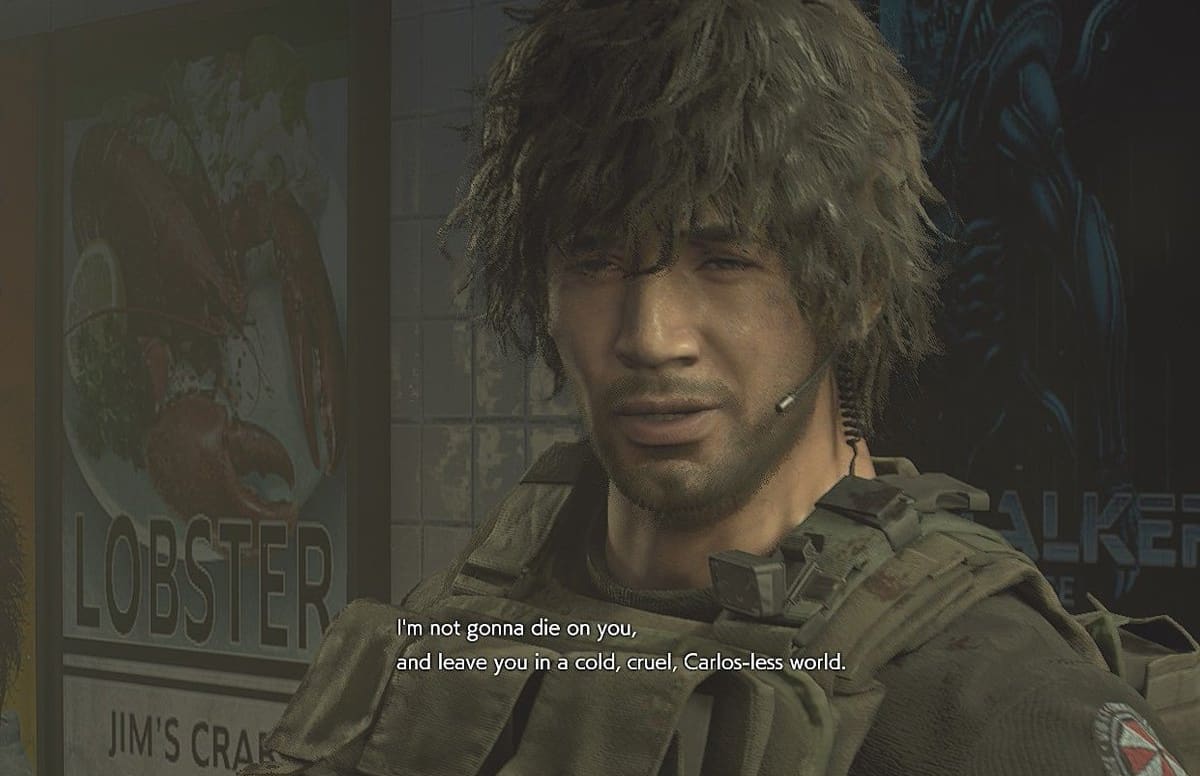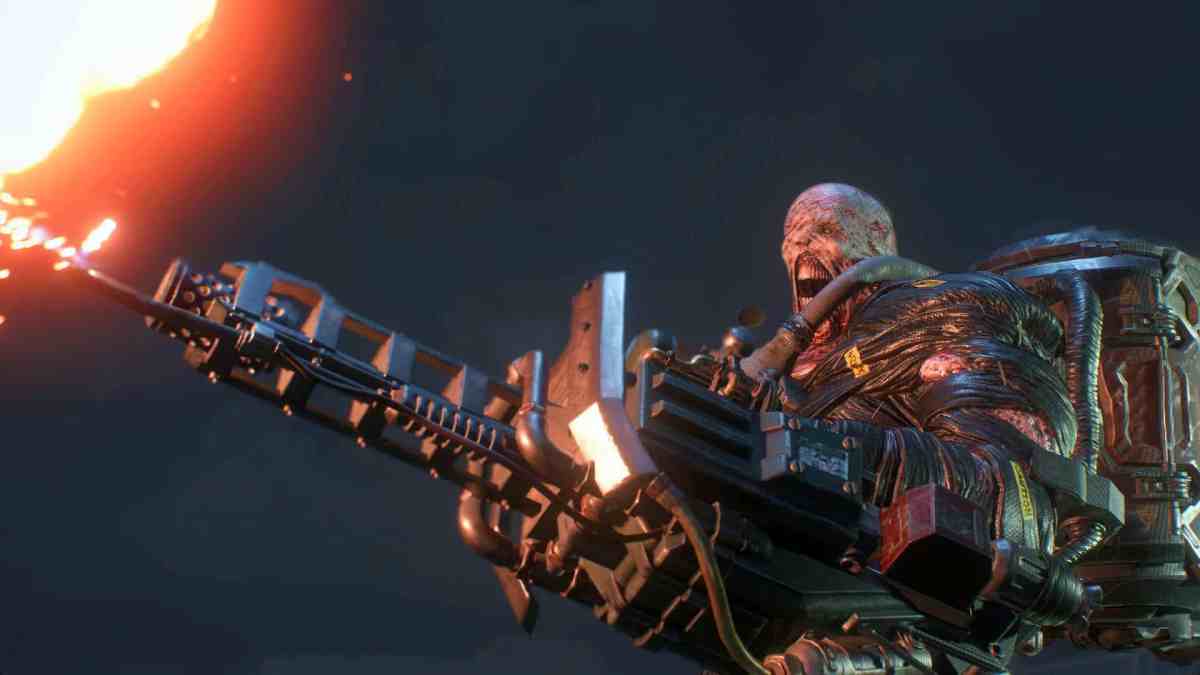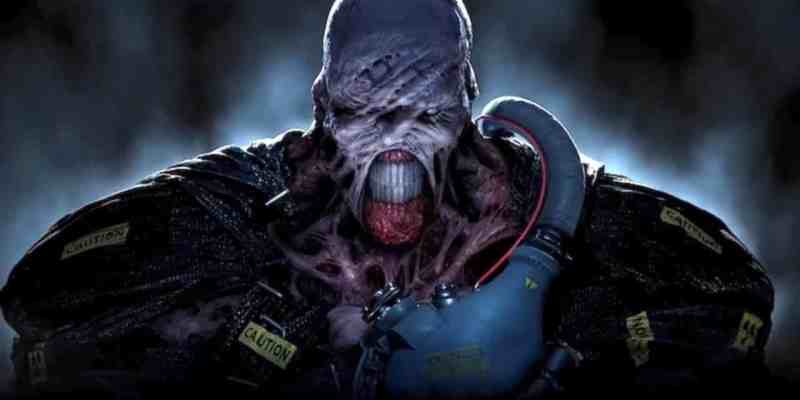Nemesis terrified me when I was a kid. The rise of the Resident Evil series coincided with my growing into a lover of all things horror at the age of 11, and I was 13 by the time Resident Evil 3: Nemesis hit in the waning days of the original PlayStation. I’d already survived the terror of Resident Evil: Director’s Cut and zapped my way through every campaign in Resident Evil 2, including the thrilling Hunk and absurdist Tofu runs. So following that up with Jill’s escape from Raccoon City, with the omnipresent shadow of the indestructible Nemesis lingering over everything, was a perfect way to cap off this original trilogy. In my mind, Nemesis was the smartest, most terrifying horror villain ever created, right up there with the T-1000, Predator, and Xenomorph in the original Alien. So it’s with that mindset that I played through the Resident Evil 3 remake in two sittings — and had to come to terms with the fact that I’ve changed a lot, video games have changed a lot, and, sadly, Nemesis really hasn’t.
The terror of Nemesis in the original Resident Evil 3 came from its feeling of being like nothing ever seen in games before. It was so effective thanks to its tenacity, willingness to break what I thought were sacred video game rules, and blank spots left for players to fill in with their imagination. But 20 years later, with graphical fidelity that pushes modern hardware to its limits, the creature that relentlessly stalks Jill feels like little more than a sleight of hand used to make you forget that the game plays more like a C scenario to the adventures you already had in Resident Evil 2.
Resident Evil 3 2020 kicks off on a high note, with a genuinely well-done live-action intro that pays homage to the aggressively cheesy opening of the original game. We then transition to Jill’s apartment, which you get to explore in an effective first-person segment. It actually feels like a one-person downtown loft apartment that would be affordable on a police salary, and poking around its nooks and crannies shows how the incident at the Spencer Mansion has transformed Jill into a conspiracy theorist who knows, without a shadow of a doubt, that she’s right. The only incongruity is that there’s a half-finished pizza in her kitchen with a note from fellow S.T.A.R.S. member Brad Vickers where he says it’s an extra large, which is clearly a lie. But aside from that, good stuff.
This is one of the best-looking games I’ve played on consoles, and the first act shows off a side of Raccoon City that’s one of the most visually interesting locations in the entire series. The bright lights of the city’s main drag, filled to the brim with clever nods to Capcom’s storied past, are an exciting location to kick this nightmare off. Snaking your way through toy stores, diners, and familiar gun shops, all while the city goes to hell around you, provides varied and interesting set pieces, especially when compared to how drab the later sewers, hospital, and laboratory hallways are.
This opening also gives some space for Jill and Carlos to share a couple cheesy-but-effective moments that paint the unlikely pair with the same brush used in so many classic ‘80s genre movies. Hearing Carlos say, “I’m not gonna die on you and leave you in a cold, cruel, Carlos-less world,” only to have Jill roll her eyes and dryly fire back immediately makes you like these two characters. Carlos also gets his time to shine as he makes his way to the same Raccoon City Police Department that served as the setting for RE2, a trip which feels like when you make the jump from sophomore to junior year of high school — heading back to the same school thinking you’re a year wiser, having a firmer grasp on where all the bathrooms are, but ultimately still powerless. Sadly, so much of this goodwill becomes stagnant after the first 90 minutes, when you start to see the familiar pattern behind the horror.
Nemesis first enters the game with the type of scene-stealing terror I’d hoped for. His goal of killing you is simple and singular, and he carries it out with the persistence of those aforementioned horror icons. The fact that he first appears in your home, the one place that we as humans tend to deem as a safe zone from the rest of the world, seems to hint that nothing is off limits. Just because you see a typewriter and hear that calming music doesn’t necessarily mean that you’re safe from what chases you. But as it turns out, this initial appearance is the creature’s high-water mark, and the tide just keeps moving further out from shore as the game progresses.

It feels like Nemesis is there just to make a cameo every 45 minutes or so, each time with a slight tweak to the familiar formula. Whether you’re zigzagging down alleyways as he fires off rockets, taking pot shots at the backpack full of fuel he wears while he sprays a flamethrower in your general direction, or using generators to stun him once he transforms into a giant four-legged beast, it all quickly begins to feel formulaic. He’s not unknown, relentless, and unstoppable, but rather just another obstacle for you to overcome with your massive armory of weapons and ammunition.
It quickly becomes clear that despite Nemesis’s size, speed, and weaponry, he’s as predictable and instanced as the rest of the shambling horde we’ve spent so many games skirting our way around. The creature will chase you — that is, unless you manage to slide under a garage door and close it behind you. Or find a safe room. Or just travel anywhere outside the designated pen that the wild beast resides in at a given moment. And yeah, he’s more agile than your average zombie, especially with a cool new dash jump that sees him zap right in front of you, but your new dodge maneuver means that you can easily avoid this with a well-timed button press. In all, surviving Nemesis doesn’t really require anything different than it did back in ‘99, which is the problem.

We’re in the midst of a fascinating remake renaissance, and it’s only going to continue as we ease into the PlayStation 5 and Xbox Series X. It’s interesting to compare the approaches that Capcom has taken with the recent Resident Evil games to some of the other big names that have made a reappearance lately. Nintendo kept the same feel, structure, and flow of Link’s Awakening, but added an incredible claymation-like art style that made it fittingly feel like you were peering into someone’s dream. Persona 5 Royal continued Atlus’ streak with creating a second draft to its already wonderful RPGs filled with so many quality-of-life improvements that it almost renders the originals obsolete. And then we have Final Fantasy VII Remake, which takes the familiar opening of one of the most beloved games ever made and creates an entirely new and exciting adventure out of it.
These different approaches show that there’s no single right or wrong way to approach remakes. Whether you’re just updating the aesthetics or completely fleshing out a small slice of the original, each style can be effective if done properly. It’s just a bummer that the Resident Evil 3 remake made so many strides in making Raccoon City look and feel better than it ever has before, but it left its Nemesis stuck in the past.
